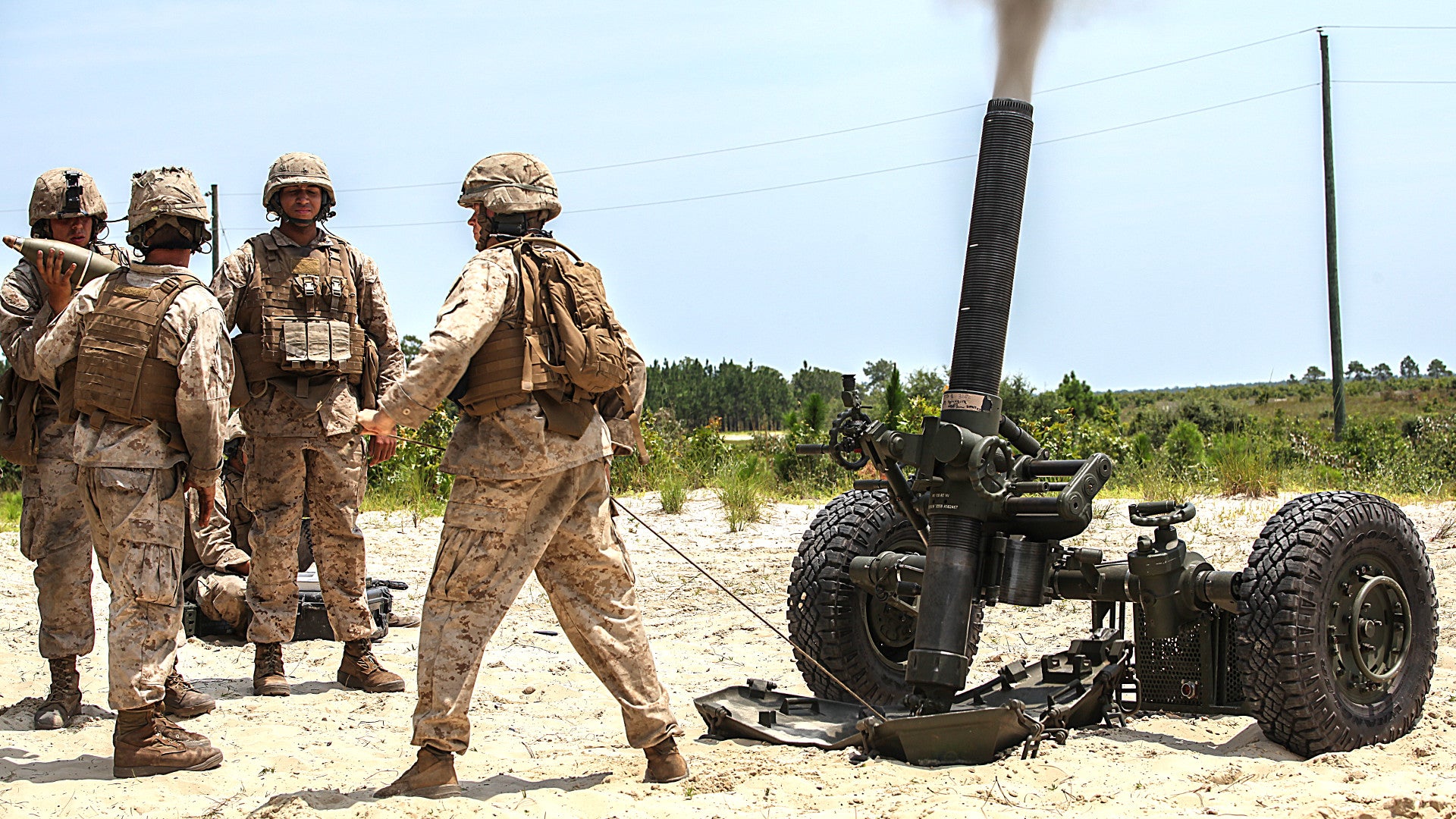The U.S. Marine Corps has completely removed 120mm mortars from its combat units, along with the small trucks and other components that make up the full Expeditionary Fire Support System, or EFSS. The service is now looking to refocus at least some of the funds and other resources from that program into additional or new precision artillery systems.
U.S. Marine Corps Lieutenant Colonel Michael Butler, the Indirect Fire Capabilities Integration officer within the service’s Combat Development and Integration office, itself part of the larger Marine Corps Combat Development Command, made the announcement at a conference in the United Kingdom earlier in March 2018, according to report by Jane’s 360. The Marines first revealed the plan to ditch the 120mm mortars, also known as M327s, and their associated kit, in December 2017.
“We made that decision to divest of it, and we’re going to move that money into some other area, probably into the precision fires area,” Lieutenant General Robert Walsh, head of Marine Corps Combat Development Command, had told Military.com at the time. “So programs that we see as not as viable, this [program objective memorandum] development that we’re doing right now is to really look at those areas critically and see what can we divest of to free money up to modernize.”
Lieutenant Colonel Butler told the March 2018 gathering in the United Kingdom that the Marines Corps’ Basic School would still employ the weapons to train new personnel in the procedures for calling in and providing fire support until the service had expended the remaining ammunition stockpiles. The Marines’ high explosive, smoke, illumination, and inert training rounds aren’t compatible with the U.S. Army’s 120mm mortars, so the only other options would be to transfer them to a foreign partner using similar weapons, place them in indefinite storage, or destroy them.

Among the major factors that contributed to the decision to remove the system from active use were reportedly the difficult in loading the EFSS into the Marine Corps’ MV-22 Osprey tilt-rotor aircraft and the overall reliability of the 4×4 M1162 truck, which tows the M327, and its companion M1163, responsible for pulling the M1164 ammunition trailer. The problems with these vehicles, which are both variants of the General Dynamics Growler, are relatively long-standing issues.
Though the Marine Corps specifically purchased the Growler family, which also includes the M1161 fast attack variant, to offer a vehicle that could fit inside an Osprey, that aircraft’s main cabin is still an extremely constrained space. The loading procedures for the EFSS either involves backing it up the tilt-rotor’s rear ramp so that Marines can drive it straight off when they arrive at their destination or using the M1162 to push it into the aircraft’s main cabin. Either method can be a time consuming process that could either slow down the movement of an entire force or delay the arrival of the mortars, leaving forces on the battlefield temporarily without that critical fire support.
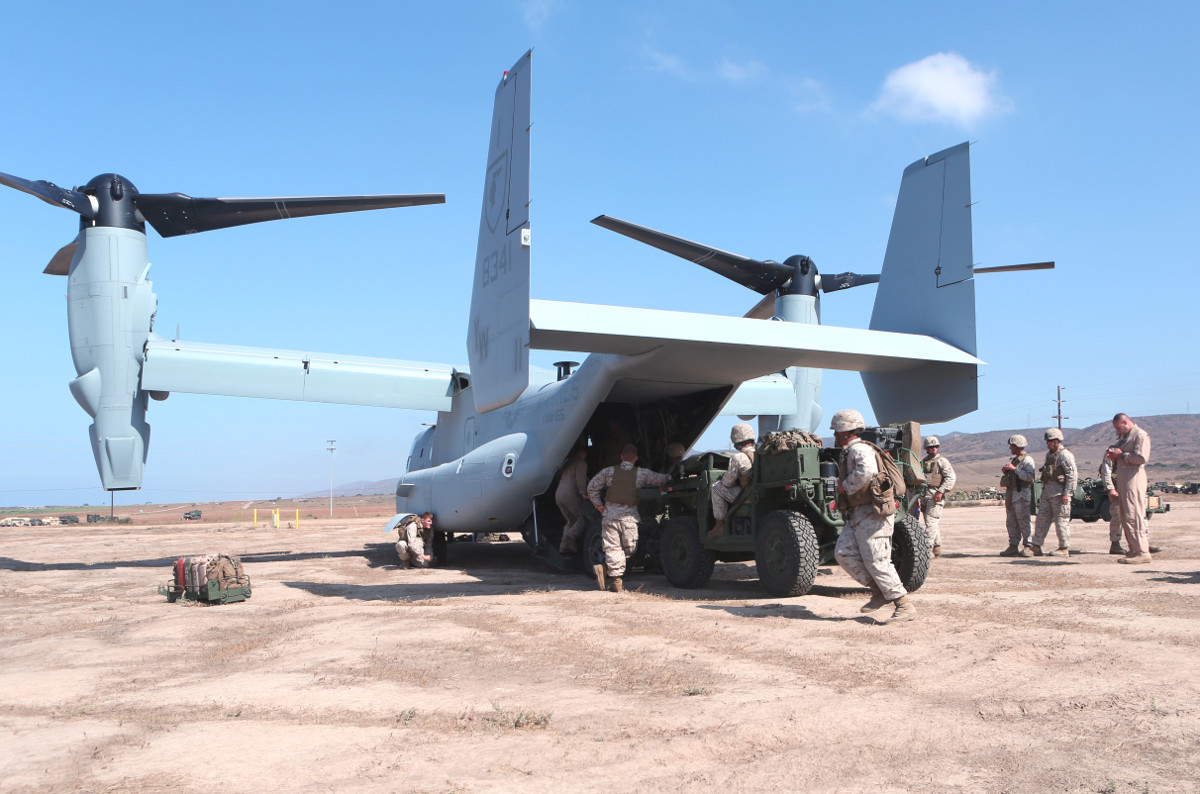
All of this in many ways defeats the stated purpose of the system, which is supposed to provide longer-range fire support than 60mm and 81mm infantry mortars, but in a more mobile and flexible package than the Marine Corps’ larger 155mm M777 howitzers or truck-mounted High Mobility Artillery Rocket Systems (HIMARS). On top of that, it takes multiple Ospreys to carry the entire EFSS, as well as additional trips to keep up a ready supply of ammunition. The M1164 trailer carries just 30 additional 120mm rounds.
The Growlers themselves have been controversial since General Dynamics, in cooperation with the smaller American Growler, Inc., won the Marine Corps’ contract for the internally transportable vehicles in 2004. The service selected the vehicles in no small part because they were a derivative of a commercially available design, which was supposed to help keep costs down.
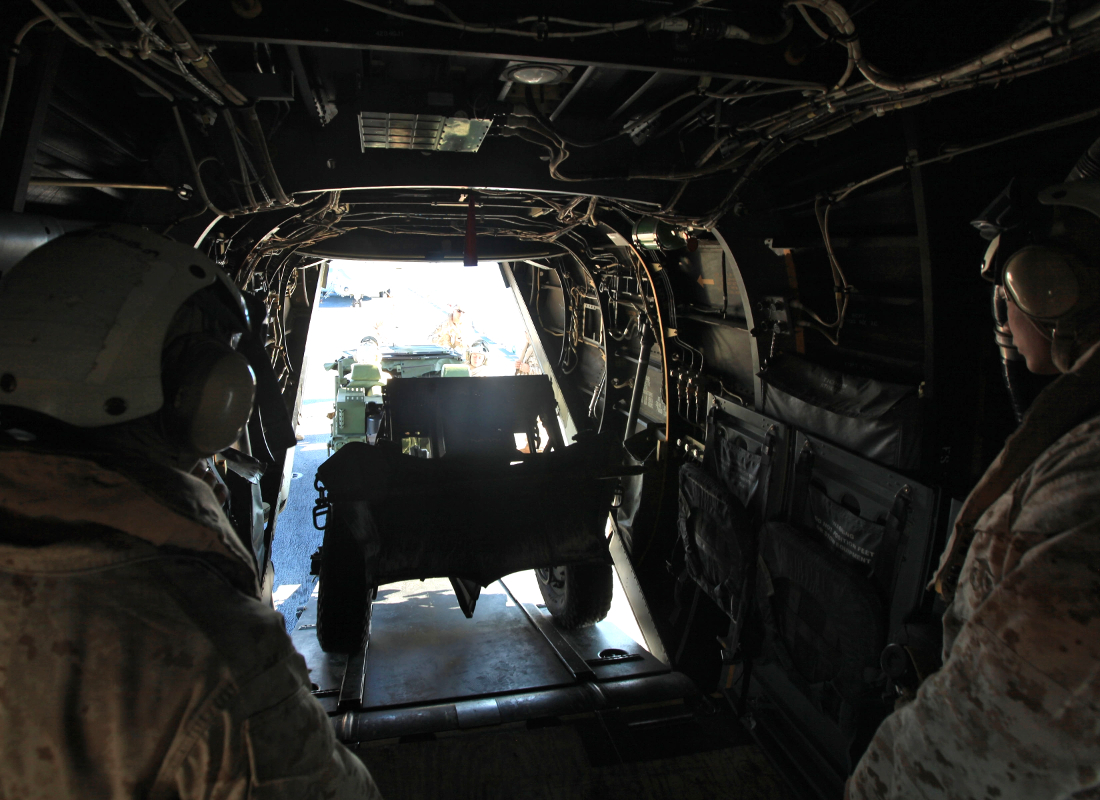
The exact opposite happened as the Marines demanded the addition of various military style features and a special pneumatic suspension system to raise and lower the vehicle’s height so that the trucks could fit inside the Osprey. Testing between 2005 and 2007 exposed a host of additional performance issues that required fixes, as well.
From an initial unit cost for any of the Growler variants of approximately $94,000, this price tag ballooned to an average of $209,000 in 2008. As a result, the overall cost of each individual complete EFSS similarly soared from $579,000 to over $1 million. Even the Marines seemed nonplussed when they finally began fielding the system in 2009 – more than a decade after they first began developing the mortars.
With its lack of armor protection, “you can’t run it up the highway in an urban area such as Iraq,” John Garner, then the Marine Corps’ program manager for the Growlers, told The Washington Post in 2009. “It is up to unit commanders who receive them as to whether they will take them when deployed abroad.”
In higher risk areas, Marines have often dispensed with the Growlers as the prime mover for the M327 mortars. Instead, they have employed larger and better protected vehicles, such as the Oshkosh M-ATV mine-resistant truck.
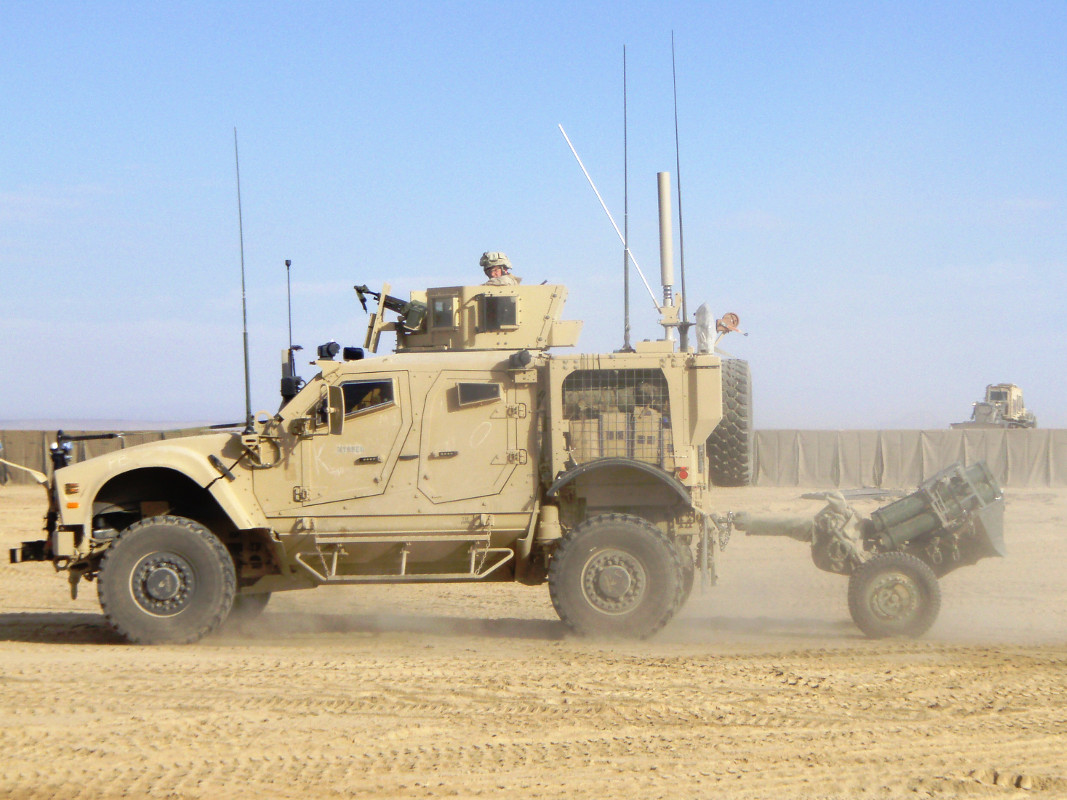
At the same time, the Marine Corps’ specific demands for a weapon like the EFSS have steadily become less pronounced. When the service began work on the mortars the only other ground-based heavy fire support option it had was the 155mm M198 howitzer.
In 2005, it began to replace those weapons with the significantly lighter and more mobile M777. That same year the service also began to receive the HIMARS.
As well as having dramatically longer range compared to the EFSS, both of those systems can now fire precision guided munitions. The Marine Corps had been working with Raytheon to develop a GPS-guided 120mm round for the M327, which would also be rocket-assisted, improving the weapon’s maximum range from five to 10 miles. This would still be less than half that of an M777 firing the GPS-guided Excalibur shell and a fifth of that of a HIMARS launching 227mm guided artillery rockets.
The M777 and HIMARS have visibly changed the calculus for the Marines, as well as the U.S. Army, who have both employed these weapons to great effect in recent years, especially against ISIS in Iraq and Syria. In both countries, Marines rapidly deployed artillery units to support distributed, expeditionary operations in cooperation with both U.S. conventional and special operations forces and local partners.

The fire support they provided was essential in the efforts to eject the terrorists from the main hubs in the Iraqi city of Mosul and their de facto
Syrian capital of Raqqa. It seems likely that at least some of the funds the Marines previously allocated to the EFSS will now go into expanding and improving these other artillery elements, including development of new guided rounds that can still work in the absence of a GPS connection. The Marines and the Army are also already working together to extend the range of the M777.
With all this in mind, it’s not surprising that the EFSS ended up on the chopping block. But that also doesn’t mean the Marines have necessarily lost interest in lighter-weight long-range weapon system that can fit inside an Osprey and directly accompany its forces in the initial stages of an assault, where they might otherwise be detached from other air, naval, or ground artillery assets.
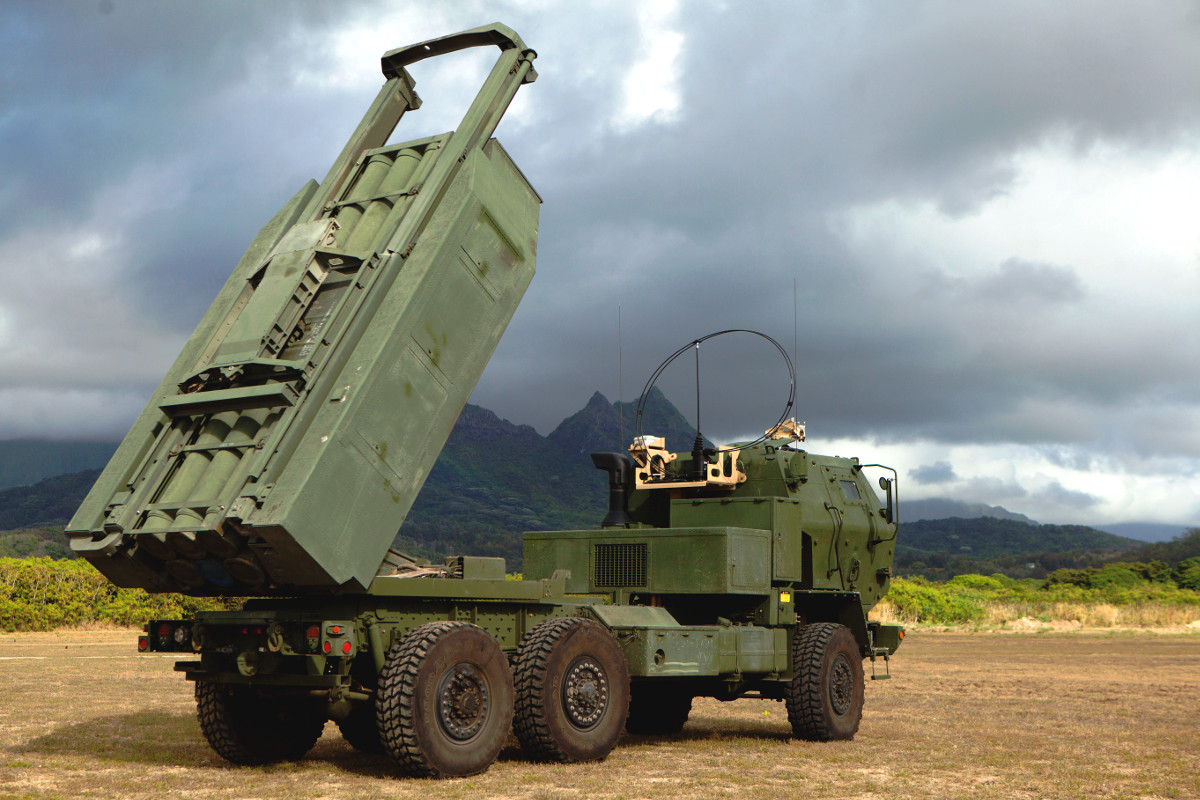
In October 2017, U.S. Marine Corps Major General David Coffman, who is presently the U.S. Navy’s director for expeditionary warfare, said he was interested in the idea of a weapon that could combine the long-range precision capabilities of HIMARS in a compact package akin to the EFSS. It’s not clear whether he knew at the time that the mortars were on their way out.
“I don’t know what’s in the art of the possible, physics-wise, to get a vehicle that can withstand the recoil of rockets firing, and be a stable enough platform, and still be light enough to be lifted in a helicopter, and all that.” the general told Military.com. “So I don’t know what industry can do, whether that’s possible or not … [but] that’s what we need.”
That plan will have to overcome many of the same issues that the EFSS experienced, especially when it comes to being able to cram itself into an MV-22. Whatever happens with that concept, and with other precision artillery developments, the Marines will undoubtedly be keen to avoid a repeat of their experience with the 120mm mortars.
Contact the author: joe@thedrive.com
